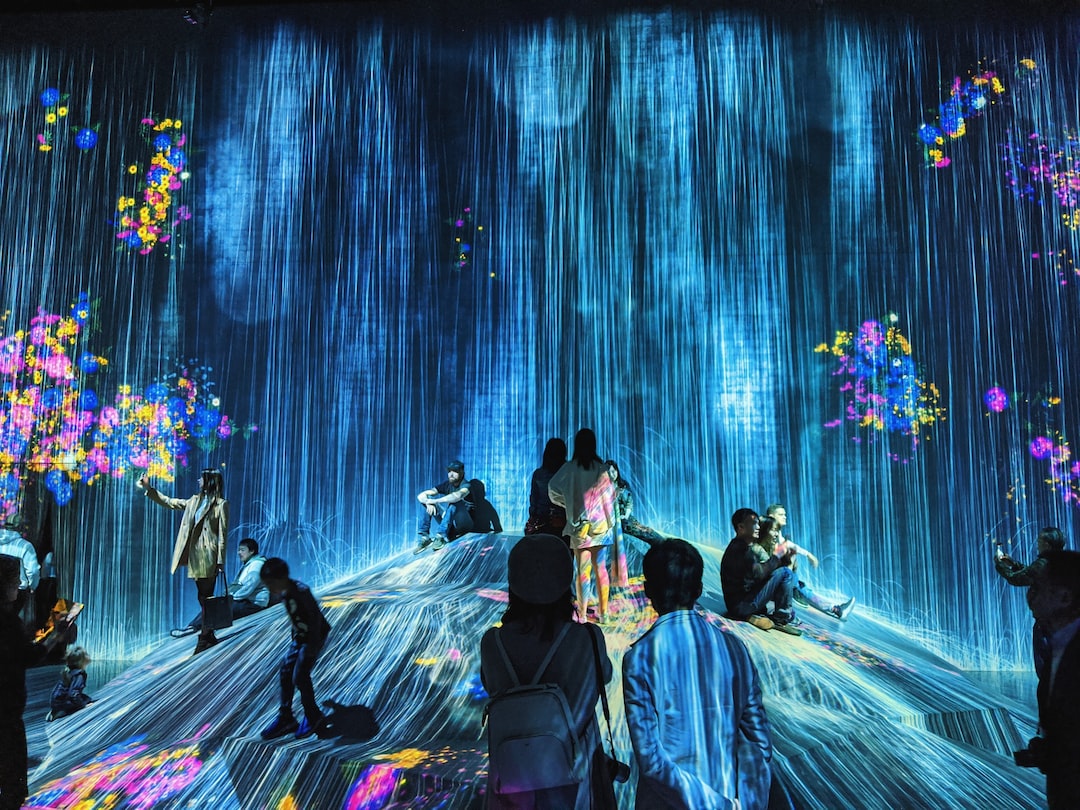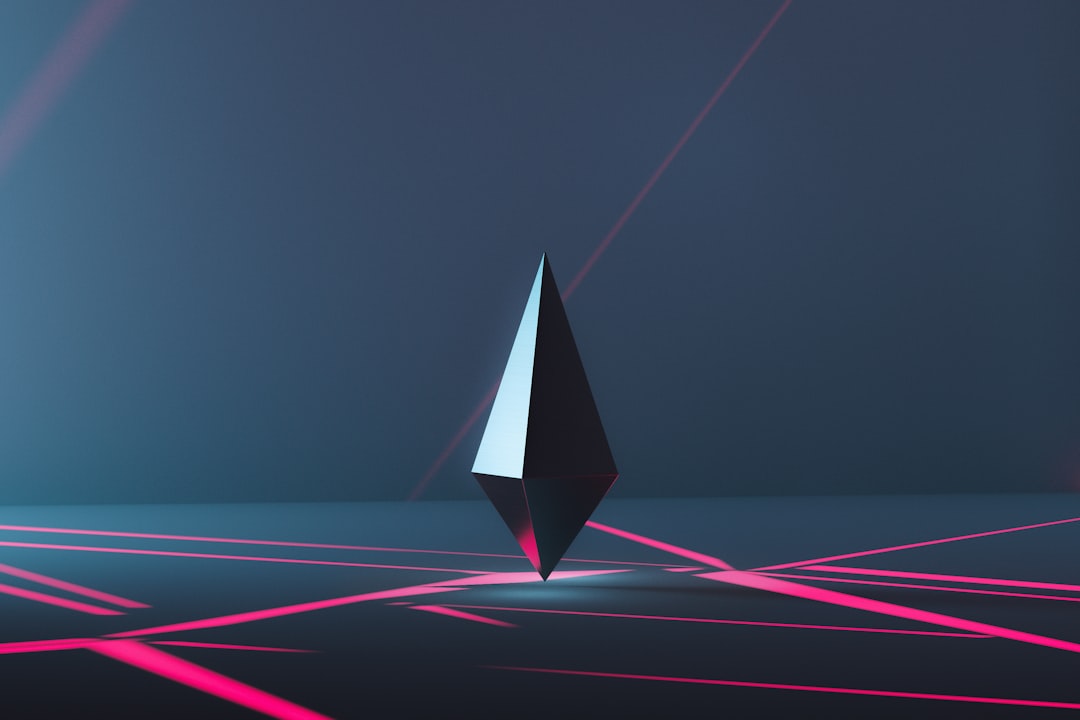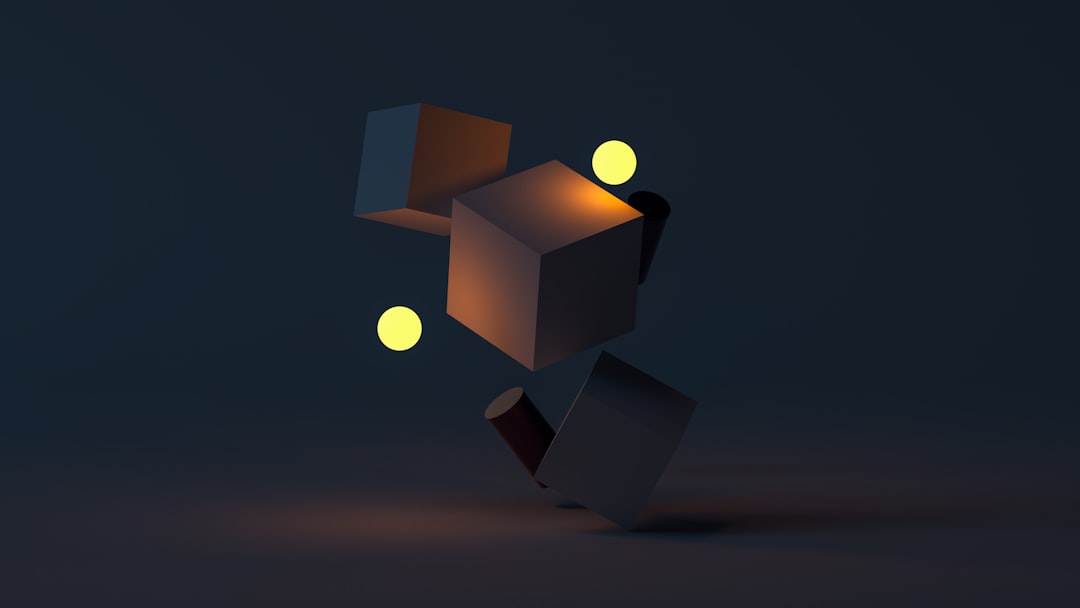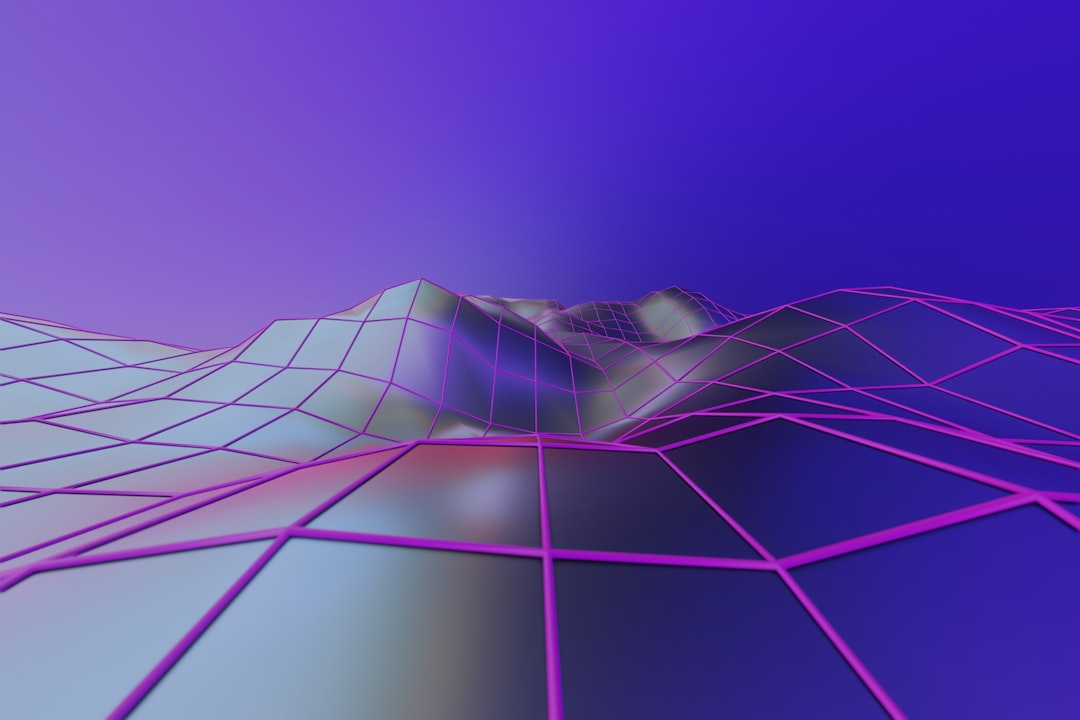Welcome to the exciting intersection of art and technology, where a new phenomenon called NFTs is taking the art world by storm. In case you haven’t heard, NFTs stands for Non-Fungible Tokens, a type of digital asset that represents ownership of unique items such as artworks, music, videos, or virtual real estate. NFTs are created on a blockchain, which is a decentralized ledger that records transactions in a secure and transparent way.
So why are NFTs such a big deal in the art world? For starters, they provide a new way for artists to monetize their digital creations, which until now have been hard to value and protect from piracy. With NFTs, artists can sell their works directly to collectors, without going through intermediaries such as galleries or auction houses. This gives artists more control over their creations and more revenue streams than ever before.
But NFTs are not just a tool for artists, they are also a new market for collectors who are looking for unique and rare items to add to their collections. With NFTs, collectors can own a piece of digital art that is one-of-a-kind and verifiably authentic. They can display their NFTs in virtual galleries, trade them on marketplaces, or even use them as collateral for loans.
The emergence of NFTs in the art world is a sign of the times, where technology and creativity are converging in new and exciting ways. It’s a testament to the power of innovation and collaboration, where artists, collectors, and developers are pushing the boundaries of what’s possible in art and technology. In the next few sections, we’ll explore the benefits, challenges, and future prospects of NFTs in the art industry. So buckle up and get ready to embark on a journey that will change the way you think about art and ownership.
Digital Art and NFTs: A Perfect Match
As technology continues to advance, the world of art has seen a significant shift towards the digital realm. Digital art has become increasingly popular in recent years, and with that comes the emergence of NFTs. NFTs, or non-fungible tokens, provide a unique opportunity for artists to monetize their digital creations in a way that was previously impossible.
Digital art has long been viewed as a less valuable form of art compared to traditional mediums such as painting or sculpture. However, NFTs have changed that perception. By creating a one-of-a-kind digital asset, artists are able to prove ownership and authenticity, making their pieces just as valuable as any physical art piece.
NFTs also offer a new level of accessibility for artists. Rather than relying on galleries or art dealers to sell their work, artists can now sell directly to collectors through online marketplaces. This opens up opportunities for emerging artists who may not have had access to traditional art markets otherwise.
But it’s not just about the financial benefits. NFTs also provide a sense of community and connection for artists and collectors. By owning a digital piece of art, collectors become a part of a unique and exclusive group. They are able to support artists they admire and own a piece of their work in a way that was previously impossible with digital art.
Overall, the emergence of NFTs has created a perfect match for the world of digital art. It offers accessibility, authenticity, and a sense of community for artists and collectors alike. As the art world continues to evolve, it will be exciting to see how NFTs continue to shape the industry.
This opens up opportunities for emerging artists who may not have had access to traditional art markets otherwise.
The Benefits of NFTs for Artists
NFTs have been a game-changer for the art industry, and the benefits they offer to artists are numerous. For starters, NFTs allow artists to retain ownership of their digital artwork and receive royalties whenever their work is sold or traded. This is a significant departure from traditional art sales, where artists usually only receive a one-time payment for their work.
With NFTs, artists have the opportunity to earn passive income from their digital artworks, even as they continue to create and sell new pieces. This can be a significant source of income for artists who may have struggled to make a living from their work in the past.
In addition to financial benefits, NFTs also offer artists greater visibility and exposure in the art world. The decentralized nature of blockchain technology means that NFTs can be bought and sold globally, potentially opening up new markets and audiences for artists. This can be especially beneficial for emerging artists who may struggle to gain recognition through traditional channels.
Another benefit of NFTs is that they allow artists to create digital art that is truly unique and one-of-a-kind. The nature of blockchain technology means that each NFT is linked to a specific piece of artwork, making it impossible to replicate or copy. This ensures that artists can maintain the integrity of their work and avoid issues with plagiarism or intellectual property theft.
Overall, the benefits of NFTs for artists are numerous and exciting. From financial rewards to greater visibility and control over their work, NFTs represent a significant opportunity for artists to thrive in the rapidly evolving digital art world. It will be fascinating to see how this new technology continues to shape the art industry in the years to come.
From financial rewards to greater visibility and control over their work, NFTs represent a significant opportunity for artists to thrive in the rapidly evolving digital art world.
NFTs and Collectors: A New Art Market
As we have discussed in earlier sections, NFTs have revolutionized the way artists can monetize their digital creations. But what about the art collectors? How does the emergence of NFTs change the game for them?
Firstly, NFTs provide a level of authenticity and provenance that was previously difficult to achieve in the digital art world. Collectors can now have a verifiable record of ownership and provenance, making it easier to sell or trade their pieces in the future. This is especially important for digital art, which can be easily replicated and circulated without proper attribution.
Additionally, NFTs provide a new avenue for art collectors to invest in emerging artists and new forms of art. With traditional art markets often dominated by established artists and galleries, NFTs offer a more accessible space for up-and-coming artists to showcase and sell their work. This has the potential to diversify the art market and create new opportunities for artists and collectors alike.
Moreover, NFTs allow for a more decentralized art market, with transactions occurring directly between artists and collectors without the need for intermediaries. This opens up the possibility for more direct and personal relationships between artists and collectors, creating a more intimate and community-driven art world.
Of course, there are still challenges and risks associated with investing in NFTs, particularly in the current hype-driven market. It is important for collectors to do their own research and due diligence before making any investment decisions.
Overall, NFTs have the potential to create a new and exciting art market that is more accessible, diverse, and community-driven. It will be interesting to see how this market develops and evolves in the coming years.
Moreover, NFTs allow for a more decentralized art market, with transactions occurring directly between artists and collectors without the need for intermediaries.
The Future of NFTs in the Art Industry
As we have seen, NFTs have already made a significant impact on the art world, opening up new possibilities for artists and collectors alike. But what does the future hold for this emerging technology?
One possible future for NFTs is that they will become even more integrated into the art market, with more artists and collectors embracing this new way of buying and selling art. This could lead to the creation of new marketplaces and platforms specifically designed for NFTs, making it easier for buyers and sellers to connect and transact.
Another possibility is that NFTs will continue to evolve, with new features and applications being developed that further enhance their value and utility. For example, we could see the introduction of smart contracts that automatically transfer ownership and royalties to artists whenever their work is resold.
Furthermore, as the technology behind NFTs becomes more sophisticated, we could see entirely new types of digital art emerging that take advantage of this new medium. This could include virtual reality experiences, interactive installations, and even AI-generated art.
Of course, there are also potential challenges and pitfalls that could arise as NFTs become more widespread. Some worry that they could lead to greater inequality in the art world, with only a select few artists and collectors benefiting from this new market. Others worry that the environmental impact of NFTs could be significant, given the energy required to mint and trade them.
Overall, the future of NFTs in the art world is uncertain, but full of potential. As with any new technology, it will take time for the full implications and possibilities to become clear. But for now, it seems clear that NFTs are here to stay, and they are already changing the way we think about art and its value.
This could include virtual reality experiences, interactive installations, and even AI-generated art.
Criticisms and Controversies Surrounding NFTs
As with any emerging technology or trend, there are bound to be criticisms and controversies surrounding NFTs in the art world. One of the primary criticisms revolves around the environmental impact of NFTs. The process of creating an NFT requires a significant amount of energy and computing power, which has led to concerns about the carbon footprint of this new art market.
Another criticism of NFTs in the art world is the potential for fraud and theft. As with any form of digital art or asset, there is always the risk of someone creating a fake or stolen NFT and selling it as an original work of art. This has led to calls for increased regulation and oversight in the NFT market.
Some in the art world have also voiced concerns about the potential for NFTs to devalue traditional forms of art. They argue that the focus on digital art and NFTs may lead to a decrease in the value and appreciation of physical works of art.
Despite these criticisms, many artists and collectors are embracing NFTs as a new and exciting way to engage with and invest in art. NFTs offer a unique and innovative way to showcase and sell digital art, and they may even provide a means for artists to monetize their work in a more equitable way.
As the NFT market continues to evolve, it will be important to address these criticisms and concerns in a thoughtful and proactive manner. By working together to create a sustainable and transparent NFT market, we can ensure that this new technology continues to benefit artists, collectors, and art enthusiasts alike.
The process of creating an NFT requires a significant amount of energy and computing power, which has led to concerns about the carbon footprint of this new art market.
Conclusion: NFTs as a Game-Changer for the Art World
NFTs have taken the art world by storm, and it’s not hard to see why. These unique digital assets are changing the way artists create and sell their work. With the ability to prove ownership and authenticity, NFTs offer a level of security that has never been seen before in the art industry.
As we have seen in this blog post, NFTs offer a range of benefits for artists and collectors alike. For artists, NFTs provide a new way to monetize their work and reach a global audience. With the ability to sell their art directly to collectors, artists no longer need to rely on galleries or auction houses to sell their work.
For collectors, NFTs offer a new way to invest in art. With the ability to prove ownership and authenticity, collectors can be sure that the art they are buying is the real deal. NFTs also offer a level of transparency that has never been seen before in the art world.
Looking to the future, it’s clear that NFTs will continue to play an important role in the art world. As more artists and collectors embrace this new technology, we can expect to see even more innovative uses of NFTs in the years to come.
Of course, it’s important to acknowledge the criticisms and controversies surrounding NFTs. As with any new technology, there are bound to be disagreements and debates about its merits and drawbacks. But as we have seen, NFTs have the potential to be a game-changer for the art world, and it’s up to us to explore their potential and use them responsibly.
In conclusion, NFTs are an exciting new development in the art world. They offer a range of benefits for artists and collectors alike, and have the potential to revolutionize the way we think about art and ownership. So let’s embrace this new technology, and see where it takes us. Who knows what we might discover?





